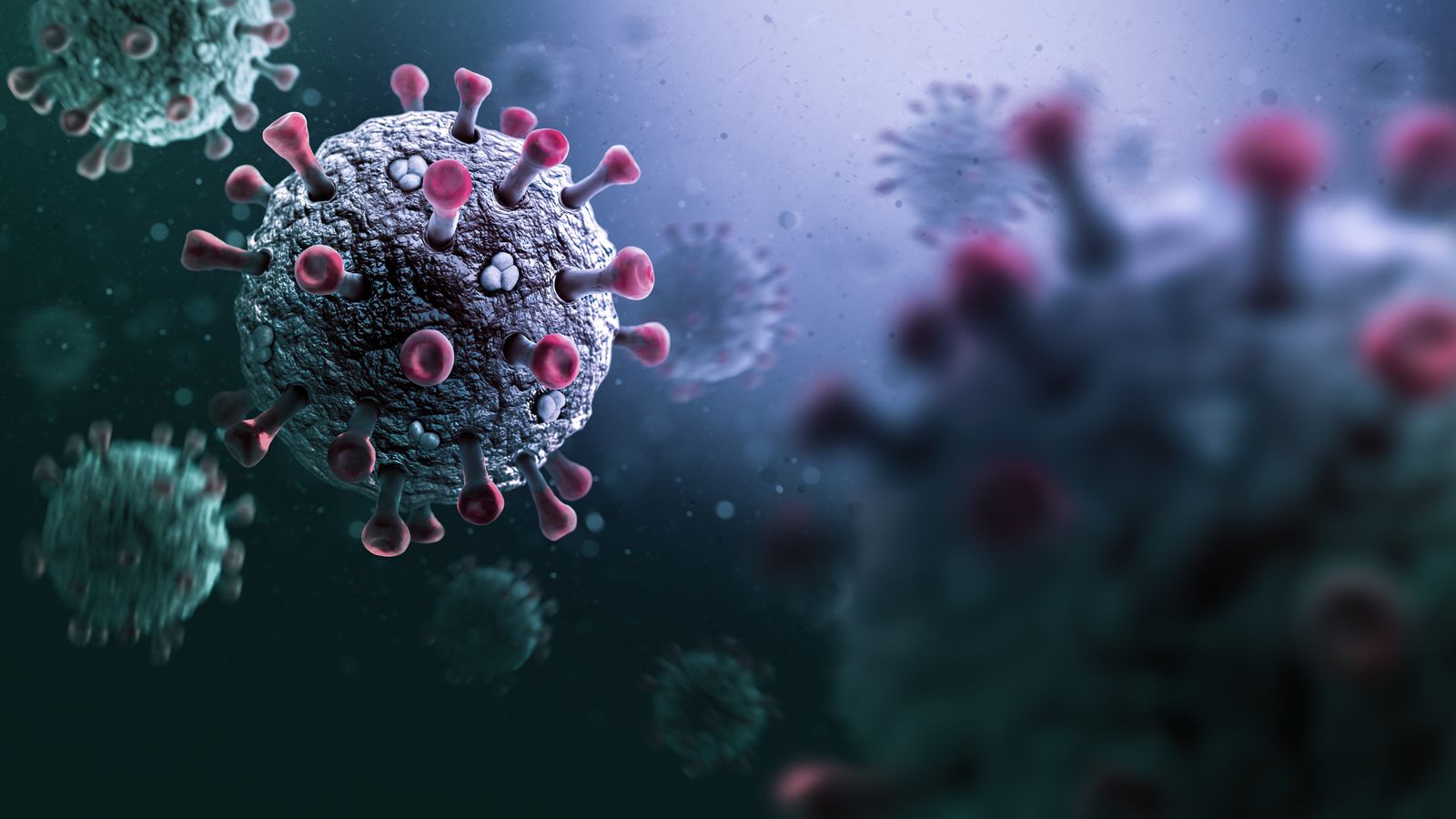If you’re looking for a new phone wallpaper, NASA has got you covered for the foreseeable future.
The US space agency has released a collection of five stunning new pictures taken by its various telescopes, including:
• Its Chandra X-ray Observatory, which is specially designed to capture images of exploded stars, the matter surrounding black holes, and clusters of galaxies
• The Very Large Telescope (VLT), actually operated from the European Southern Observatory in Chile
• The James Webb Space Telescope, which has previously provided spectacular views of stars being born, stars dying, and Neptune’s mesmeric rings
All can observe interstellar objects in light invisible to human eyes, such as infrared and radio, with the data then assigned colours we can perceive.
NASA has dubbed its latest pictures the “fab five” – and it’s easy to see why.
Galactic centre
The very centre of our Milky Way galaxy is some 26,000 miles from Earth.
It contains a supermassive black hole, superheated clouds of gas, massive and neutron stars – all visible in various colours from orange to purple thanks to the Chandra observatory.
Kepler’s supernova remnant
This is all that’s left of a white dwarf star that died in a thermonuclear explosion, first spotted by stargazers down on Earth about 400 years ago.
The image below is the work of not just one telescope, but several: the blue bit shows the blast wave that ripped through space after the detonation, and was captured by Chandra; the cyan and yellow shows the resulting debris, captured by the Hubble Space Telescope; and infrared data is from the retired Spitzer Space Telescope.
ESO 137-001
This galaxy may not have quite as fun a name as our Milky Way, but it has some cool characteristics.
As it barrels through the constellation of Triangulum Australe at 1.5 million miles per hour, it leaves two tails behind it made of superheated gas, which Chandra detects using X-rays and images in blue. The red bits you can see are hydrogen atoms, captured by VLT.
NGC 1365
At the centre of this galaxy lies a supermassive black hole being fed a steady stream of material, including hot gas.
Some of that is what you can see here in purple, again thanks to Chandra. The picture has been mixed with infrared data from the James Webb Space Telescope, seen in red, green, and blue.
Vela Pulsar
This is the aftermath of a star that collapsed and exploded, sending a storm of particles and energy into space.
The light blue in this image is from NASA’s Imaging X-ray Polarimetry Explorer (IXPE to its friends), the yellow is via Hubble and the purple comes from Chandra.











